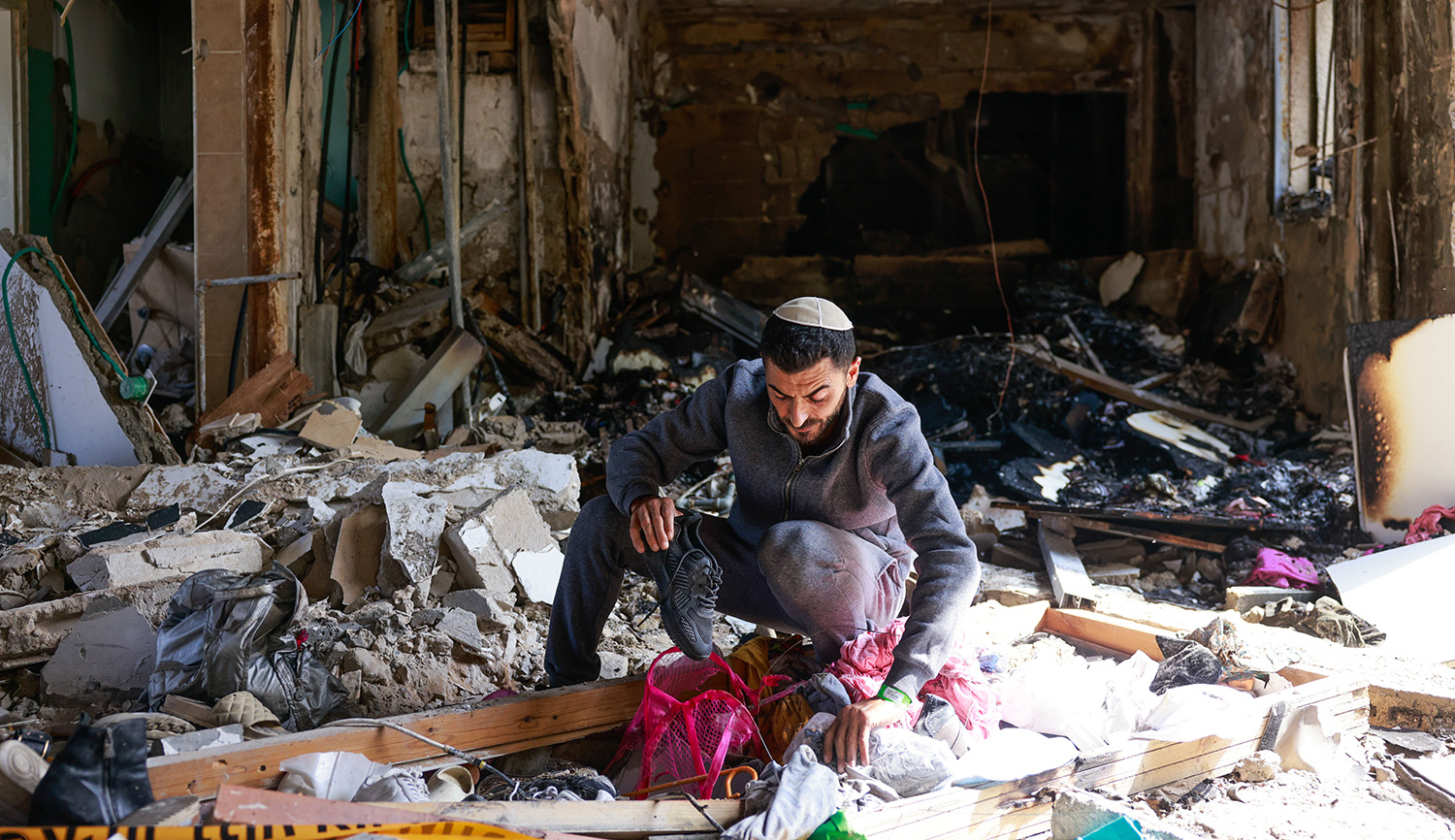Jonathan Spyer describes a visit to Baghdad’s Shorja market, once a center of the city’s Jewish life:
This had once been the vibrant heart of Baghdad’s Jewish community, though not the slightest memory or indication of that was to be found. We wandered the deserted, silent alleyways filled with garbage from the market. . . . There has been a market at Shorja since the Abbasid period in the 8th century. But for some time in the 19th and early 20th centuries, the Jews dominated trade in the area. It was the hub of a flourishing community.
In 1951-1952, the long story of Iraqi Jewry came to an end with Arab nationalist agitation, the commencement of anti-Jewish laws from the mid-1930s, growing violence, the Farhud massacres in 1941, and the subsequent persecution and expulsions. Almost the entire community was airlifted or smuggled out of the country between 1949 and 1952. . . .
Some 60 years on, in Baghdad the Jews are a ghostly memory. The poor Shiites who moved into their vacated houses and the mass of the population that came later are neither moved by nor curious about their buried stories. There are, it is said, seven Jews remaining in the city. The old synagogues are long since demolished or boarded up, the mezuzot long pried from the doorways. . . .
As it turns out, the expulsion of Baghdad’s Jews was a portent of what was to come. The Jews were the first minority to be ripped from the fabric of Iraqi society. . . . Today, in Iraq, forces of tribalism and sectarian hatred similar to those that ended Baghdad Jewry’s long and illustrious history are tearing the whole country to pieces.
More about: Baghdad, History & Ideas, Iraqi Jewry, Mizrahi Jewry


